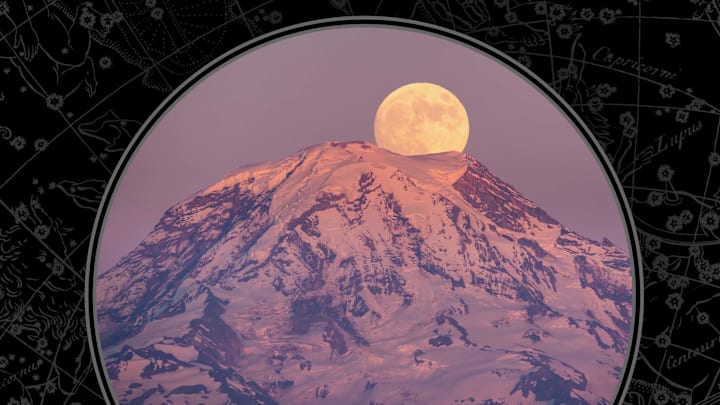February is one of the snowiest months of the year in many parts of the U.S., but on February 5, consider braving the weather outside to look up at the sky. That Sunday morning, the only full snow moon of the year will be visible. Here's what you need to know about the celestial event.
What is a snow moon?
If you keep track of the phases of the moon, you may already know that the full moon of each month has its own special nickname. Following January's wolf moon is a snow moon in February. The name snow moon is said to have originated with Native American tribes and early American folklore, and it refers to the heavy snowfall that hits many parts of North America in February.
According to The Old Farmer's Almanac, different tribes had different names for February's full moon. The Mi'kmaq in what is now eastern Canada dubbed it the snow blinding moon due to the harsh winds that accompanied the month's blizzards. American settlers knew it as the trapper's moon because fur-bearing animals like mink and beaver sported their thickest coats in February. Snow moon is the name that's most commonly used by almanacs today.
When to See the Snow Moon
The moon will enter its next full phase in the early afternoon on Sunday, February 5. The snow moon will be at its fullest at 1:29 p.m. EST, but will be most visible to people in North America in the early morning and late night on that date. Check your local weather forecast and find a spot with clear, dark skies to get the best view of the wintertime spectacle.
